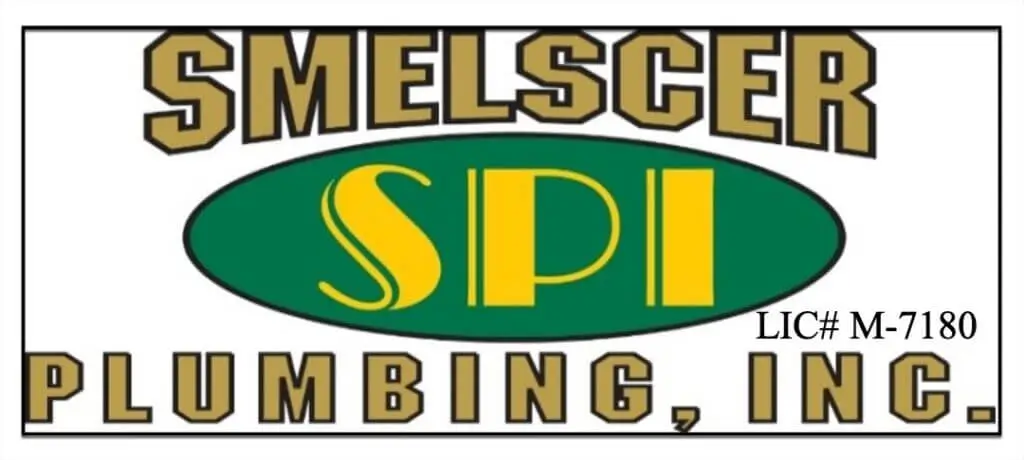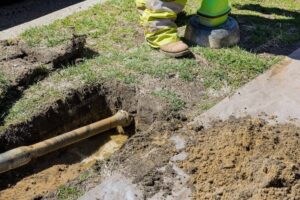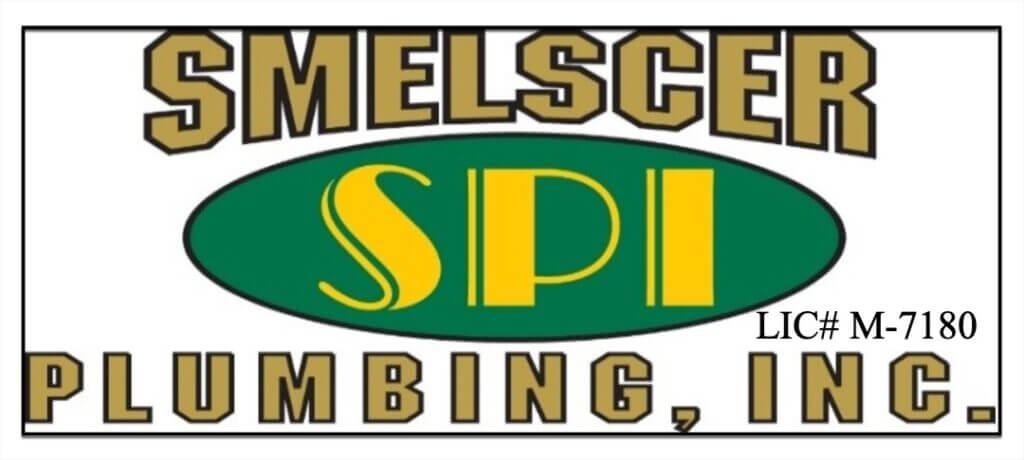By ensuring that waterproofing measures are implemented correctly during construction and maintaining the integrity of the building envelope, property owners can mitigate the risk of slab leaks and avoid costly repairs.
The importance of proper waterproofing cannot be overstated. When waterproofing measures are substandard or neglected, moisture intrusion can occur, leading to a host of problems, including slab leaks. These leaks, caused by corroded pipes embedded within the concrete slab, can result in significant damage to the structure and necessitate costly repairs. In this blog, we’ll explore the implications of poor waterproofing practices during construction, the factors contributing to moisture intrusion, and the steps involved in slab leak repair.
Table of Contents
- The Importance of Waterproofing
- Implications of Poor Waterproofing Practices
- Factors Contributing to Moisture Intrusion
- Signs of Slab Leaks
- The Process of Slab Leak Repairs
- Conclusion
The Importance of Waterproofing
Waterproofing is the frontline defense against moisture, a force capable of wreaking havoc on the very foundations of a building. In areas predisposed to dampness and humidity, such as basements, foundations, and concrete slabs, the significance of robust waterproofing measures cannot be overstated. These measures repell water and thwart its insidious infiltration into the building’s structure.
The ramifications of inadequate waterproofing are manifold and far-reaching, extending beyond mere aesthetic concerns to pose serious threats to the health and safety of occupants. Left unchecked, moisture seepage can provide a fertile breeding ground for mold and mildew, unleashing a host of respiratory ailments and allergies upon unsuspecting inhabitants. Moreover, moisture can trigger the gradual degradation of building materials, causing them to rot, warp, or crumble over time.
Yet, perhaps the most insidious consequence of poor waterproofing lies in its potential to undermine the structural integrity of the building itself. As water permeates the building envelope, it can weaken the very foundation upon which the structure stands, leading to structural issues such as sagging floors, cracked walls, and compromised load-bearing capacity. In extreme cases, the structural integrity of the entire building may be compromised, posing a grave risk to the safety of its occupants.
In light of these dire consequences, proper waterproofing is an indispensable investment in the longevity and resilience of a building. By forming an impermeable barrier against moisture intrusion, waterproofing not only safeguards the structural integrity of the building but also preserves its aesthetic appeal and ensures the health and well-being of its occupants. From the basement to the rooftop, every inch of the building envelope must be meticulously fortified against the relentless onslaught of moisture, lest the consequences prove catastrophic.
Implications of Poor Waterproofing Practices
When waterproofing measures are not implemented correctly or are overlooked during construction, moisture can infiltrate the building envelope, leading to various problems. In the case of concrete slab foundations, moisture intrusion can cause the embedded pipes to corrode over time. This corrosion weakens the pipes, eventually leading to leaks within the slab.
Slab leaks can go unnoticed for an extended period, causing gradual damage to the surrounding structure, including mold growth, wood rot, and foundation settlement. By the time the leaks are detected, extensive pipe repair services may be required to rectify the damage.
Factors Contributing to Moisture Intrusion
Several factors contribute to moisture intrusion and subsequent slab leaks in buildings. Improper site drainage, inadequate foundation waterproofing, and poor soil compaction can all create pathways for water to enter the structure.
Additionally, construction defects such as poorly sealed joints, gaps in the vapor barrier, and insufficient waterproofing membrane coverage can compromise the integrity of the building envelope, allowing moisture to penetrate the slab. Over time, repeated exposure to moisture accelerates the corrosion of embedded pipes, increasing the likelihood of slab leaks.

Signs of Slab Leaks
Early detection of slab leaks is paramount to mitigating potential damage and preventing costly repairs. Recognizing the signs of a slab leak can save homeowners from facing extensive structural issues down the line.
One telltale sign of a slab leak is an unexpected spike in water bills. While it’s normal for water usage to fluctuate slightly, a sudden and unexplained increase in water consumption could indicate a hidden leak within the slab. Similarly, homeowners may notice damp or warm spots on the floor, particularly in areas where the concrete slab is located. These patches of moisture can signal the presence of a leak beneath the surface, prompting further investigation.
In some cases, the sound of running water may be audible even when no fixtures are in use. This persistent sound, akin to a faint trickle or hiss, can indicate water escaping from a pressurized pipe within the slab. Additionally, cracks may begin to appear in the walls or floors of the property, particularly in areas adjacent to the affected plumbing lines. These cracks may widen over time as the foundation shifts due to the presence of excess moisture.
Upon observing any of these warning signs, homeowners should promptly conduct a thorough inspection of their plumbing system and concrete slab. This inspection may involve visually inspecting exposed pipes for signs of corrosion or damage, as well as utilizing specialized equipment such as moisture meters or thermal imaging cameras to detect hidden leaks within the slab.
Being vigilant and proactive in monitoring for signs of slab leaks is essential for maintaining the integrity of a property. By promptly addressing any indicators of a potential leak, homeowners can prevent further damage to their home’s structure and plumbing system, ultimately saving both time and money in the repair process.
The Process of Slab Leak Repairs
Repairing slab leaks typically involves locating the source of the leak, accessing the affected area, and repairing or replacing the damaged pipes. Depending on the extent of the damage and the accessibility of the plumbing, a slab leak service may require cutting through the concrete slab, which can be a labor-intensive and costly process.
In some cases, trenchless pipe repair methods such as pipe relining or epoxy coating may be used to repair the pipes without extensive excavation. Once the leak is repaired, measures should be taken to address any moisture-related issues and prevent future leaks from occurring.
Conclusion
Proper waterproofing is essential for protecting buildings from moisture intrusion and the resulting damage, including slab leaks. Regular inspections, prompt detection of leaks, and timely repairs are key to preserving the structural integrity and longevity of buildings. Investing in high-quality waterproofing materials and professional installation can save property owners time, money, and headaches in the long run, safeguarding their investment and ensuring a safe and healthy living environment.
Ready to safeguard your property with expert waterproofing solutions? Contact us today to schedule a consultation with our experienced plumbers.




